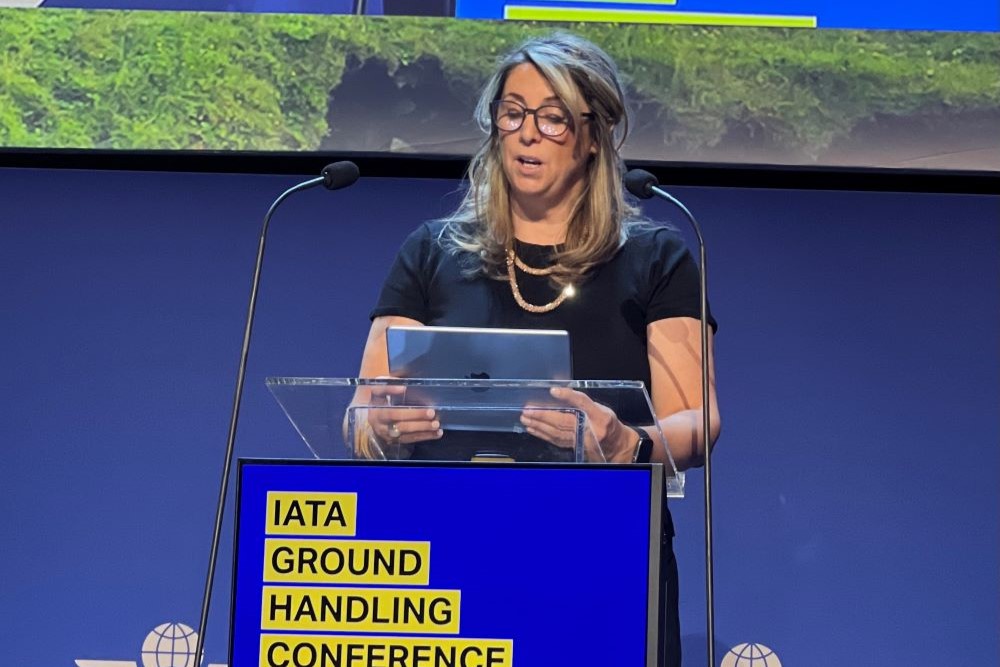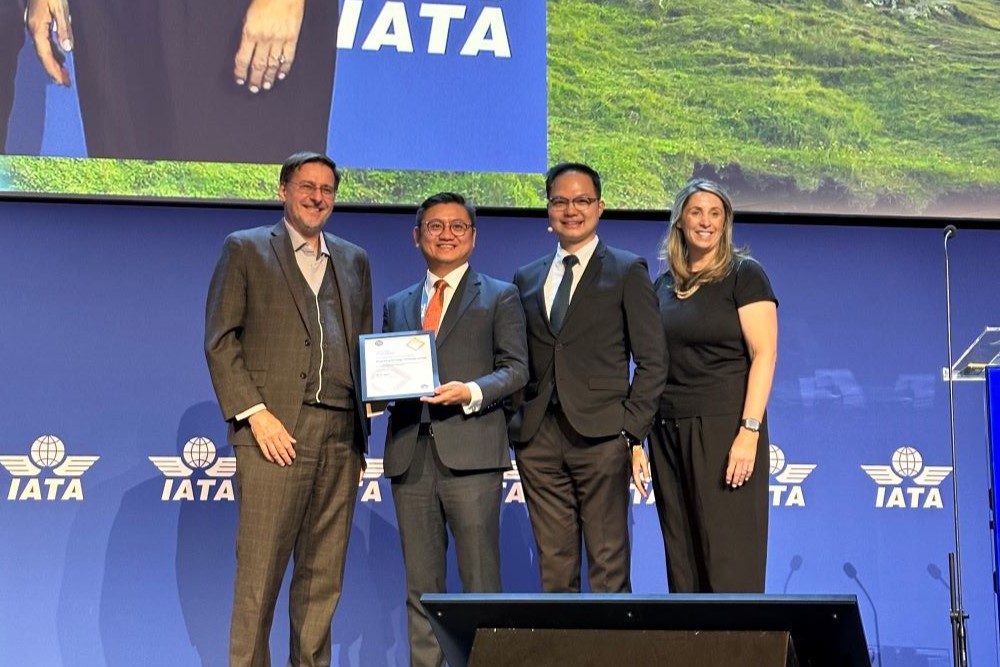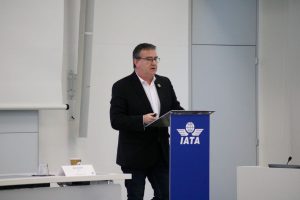IATA reinforces priorities for ground handling
 The International Air Transport Association (IATA) reinforced its priorities for ground handling at the IATA Ground Handling Conference (IGHC) in Reykjavik, Iceland.
The International Air Transport Association (IATA) reinforced its priorities for ground handling at the IATA Ground Handling Conference (IGHC) in Reykjavik, Iceland.
Speaking at the conference opening, Monika Mejstrikova, Director of Ground Operations of IATA highlighted the priorities of improving safety by reducing operational risk, implementing global standards and embedding sustainability, which covers people planet and prosperity in all activities.
In her speech, Mejstrikova said that ground handling is the backbone of aviation, contributing to the success of 37 million flights a year, and demand is strong with global ticket sales data in Q1 predicting a 12% increase in travel compared to 2023.
She said: “Ground handling forms the backbone of aviation. It is critical to ensuring the safe and efficient transport of millions of travellers each year. With travel demand for the upcoming peak Northern summer season predicted to surge by 12% over last year, the ground handling sector will need to be ready. Our priorities are clear: improving safety, implementation of global standards and embedding sustainability in all activities.”
Safety is IATA’s top priority, with the association highlighting the three areas of reducing ground damage by upgrading fleets to enhanced GSE, using data to enhance injury prevention, and the mitigation of loading errors.
Commenting on ground damage, Mejstrikova said this could be $10 billion annually by 2035, saying: “A key mitigation measure is the adoption of Enhanced GSE to make the ramp a safer place for both personnel and aircraft. This has the potential to reduce ground damage costs by 42%.”
IATA has launched the Enhanced GSE Recognition Program to encourage companies to use GSE fitted with anti-collision and inching technology to improve vehicle control and increase docking accuracy.
Ground handlers who upgrade their fleet with enhanced GSE above a set threshold will receive a two-year recognition stamp.
Data from the IATA Global Incident Data eXchange showed that the main injuries in ground handling come from slips, trips, falls and impacts, and that falls from height pose the most serious risks.
IATA has launched a safety campaign emphasising adherence to industry standards in the IATA Ground Operations Manual (IGOM) and implementing training from the Airport Handling Manual.
Mitigation of loading errors is the third area with nets not being properly deployed, inadequately secured cargo or baggage, and load sheet errors are the main concerns.
IATA is collaborating with stakeholders to digitise communication between load control and load teams, with IATA saying that the adoption of digital solutions reduces loading errors by up to 80%, reduce delays by 30% and minimise paper documentation.
The two key tools for ground handlers are IGOM and the IATA Safety Audit for Ground Operations (ISAGO).
To accelerate IGOM adoption, IATA launched the Operations Portal in 2022 with functions including analysing gaps between manuals used by ground handlers and airlines.
In 2023, over 300 ISAGO audits were conducted, an increase of 18% over 2022 with 153 airlines utilising ISAGO audit reports as part of their risk management when outsourcing ground operations.
Nearly 40 regulators and airports endorse ISAGO to complement their systems through cooperation agreements.
IATA’s sustainability roadmap for ground operations covers people, planet and prosperity.
The IATA Ground Operations Training Passport was launched last year to promote professional development and staff retention, with the Lufthansa Group as the pioneer organisation.
It mutually recognises skills and training across ground handlers, airlines and airports, facilitating the cross-utilisation of skilled personnel.
In the area of sustainability, the target is Net Zero by 2050, with sustainable aviation fuel making the largest contribution in the air and transitioning to electric-powered GSE and using biofuel making a difference on the ground.
Mejstrikova said that a study in Europe found that electric-powered GSE produces 48% less CO2 than fossil fuel-powered GSE and if this were applied globally, the ground handling industry could cut its CO2 emissions by 1.8 million tonnes a year, the equivalent of removing 430,000 petrol powered cars from the road.
Economic sustainability is also important, said Mejstrikova, who said ground operators can focus on reducing turnaround costs, minimising operational delays, decreasing ground damage and driving digitalisation and automation.
Ending her speech, Mejstrikova said: “Let’s continue to raise the standards and work together to build a stronger and more resilient industry for the years to come.”



